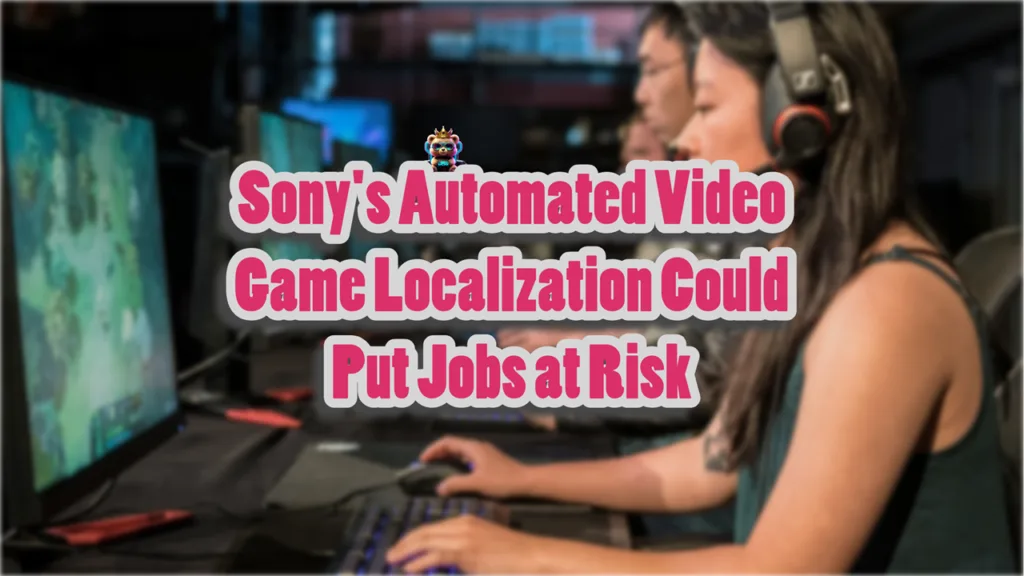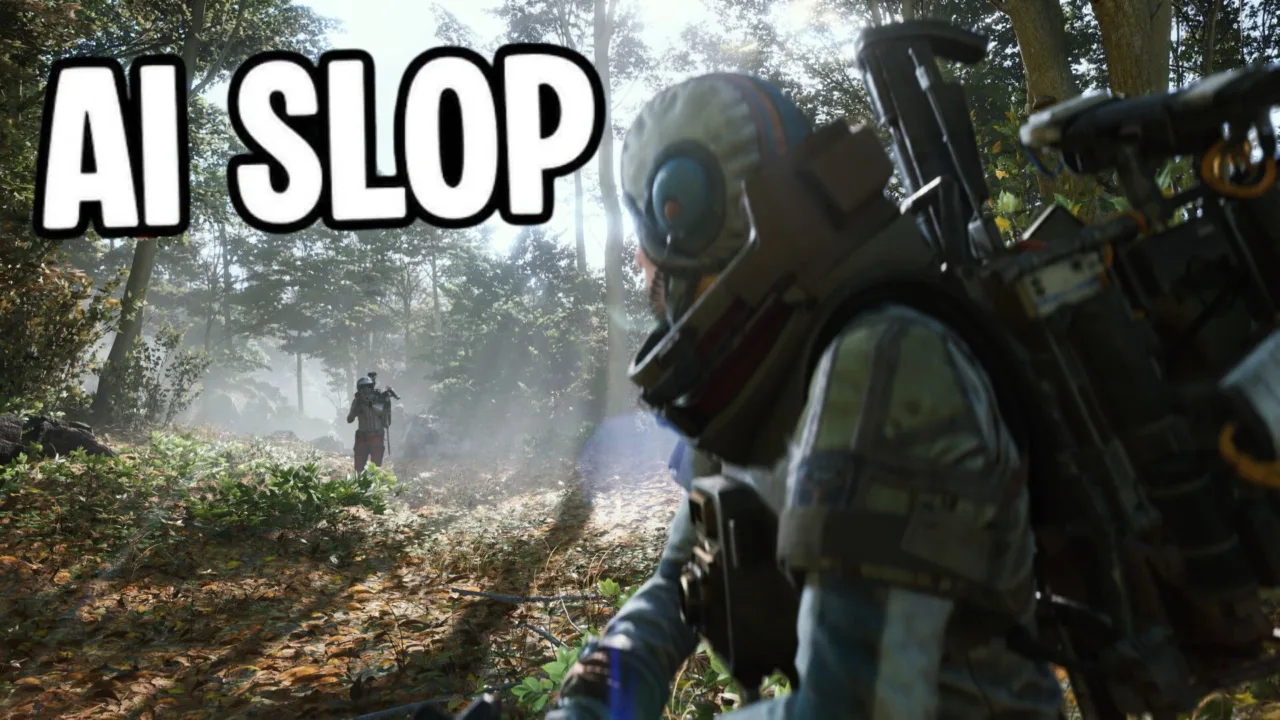Automation in video games has been claiming jobs over the past two years or so and it seems big corporations have no intentions of stopping to remedy the issue, or at least minimize the fallout.
Sony is working on a new tech which is a powerful method for automating certain aspects of video game localization, potentially affecting the traditional roles of localization professionals.
The patent describes a system that uses text-to-speech processing to automatically adjust scene timing in localized versions of a game, based on the audio duration in each target language.
This tech allows for automatic determination of the longest necessary scene duration across multiple languages, eliminating the need for manual timing adjustments.

While innovative, this automation raises questions about the future of localization jobs in gaming.
The process involves translating a character’s script into various languages through text-to-speech (TTS) methods. From there the developers will produce an audio sample for each version, allowing the system to calculate the time needed for each language to naturally convey the character’s lines.
By setting the scene length to accommodate the longest audio duration, Sony’s system bypasses the manual, labor-intensive timing adjustments traditionally handled by localization professionals.
Potential Impact on Localization Jobs

Localization artists have played a key role to make the games speak to players across the globe. They work to ensure dialogue fits the pacing of each language while retaining cultural relevance.
With Sony’s automated timing adjustment, studios might not need as many localization professionals to manually tweak scenes to fit varied audio lengths. This shift could lead to a reduced demand for localization work focused solely on technical adjustments.
All is Not Lost
However, while technical tasks might be automated, there is still a strong need for human expertise in other essential areas of localization.
Cultural adaptation, quality control, and nuanced language adjustments are not something AI can handle.
Automated translation and timing tools cannot always capture the cultural subtleties, humor, or idiomatic expressions that require a localization artist’s touch to resonate with specific audiences.
If implemented the right way, the tech could reshape localization jobs rather than replace them with AI.
Localization artists could transition into roles that prioritize cultural consulting, context refinement, and quality assurance.
However, usually such moves by a corporation are done to reduce costs, not save or restructure jobs.









